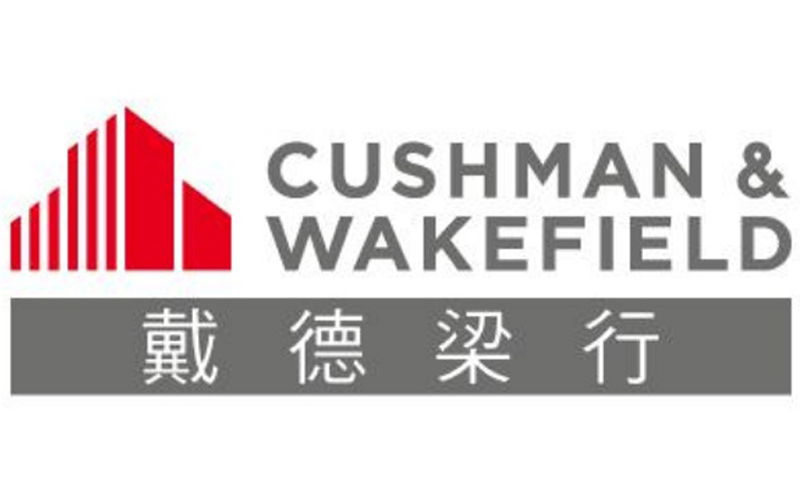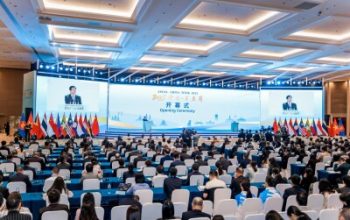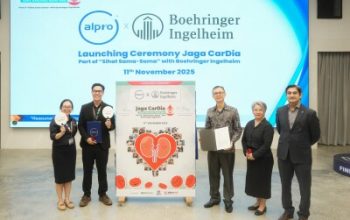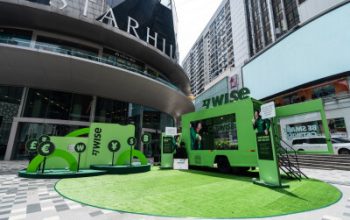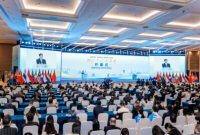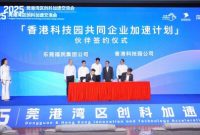- Home transaction volumes fell by 45% in first two months of Q3 from same period in Q2 as sentiment turned cautious due to trade tensions and local political issues
- Prices at representative residential estates down by 3-5% from peak level in June
- The number of major transactions in the property investment market dropped 55% from Q2 with a significant decline in office deals.
CHINA – 10 September 2019 – Ongoing social unrest and the escalation of the Sino-U.S. trade tensions have affected market sentiment in Q3, with property transaction volume and prices trending towards the level of Q1 of this year. Prices of some representative estates have retreated by 3-5% in Q3 thus far from the peak level in June. The investment market has also been quiet, with the number of major transactions dropping 55% quarter-on-quarter, as investors remained on the sidelines.
Since an escalation in trade tensions arising from new tariff threats in May sent jitters across global stock markets, plus local political issues caused a change in buyers’ sentiment, property sales began to drop in June after reaching a peak in May. In terms of the number of residential sales & purchase agreements (residential S&Ps), sales fell from 8,208 in May to less than 5,000 in June through to August.
The combined residential S&Ps figure of July and August amounted to 8,889, which was down by 45% from the same period in Q2, and was comparable to the level in the first two months of Q1 this year (8,632). Mr Alva To, Cushman & Wakefield’s Vice President, Greater China & Head of Consulting, Greater China commented, “As the market sentiment remained cautious over the prolonged unrest and new tariff announcements, it is expected that the residential S&Ps will stay around the level of 4,500 in September.”
Home prices retreated along with the drop in sales. According to government figures, the price index of private domestic units has seen a slight drop in both June and July, and Cushman & Wakefield expects a further drop of 2.7% in August from the peak level in May. In terms of actual prices, by mid-September, some popular mass residential estates such as City One Shatin and Taikoo Shing have recorded a drop in prices of 4-5% from the peak level in June.
Prices for luxury residential represented by Residence Bel-Air and The Habourside were on a firmer footing with a drop of about 3% from the June peak. Year-to-date prices in mass residential properties such as City One Shatin and Taikoo Shing still showed growth of 19.9% and 14.9%, respectively, from the beginning of January. Meanwhile, prices in luxury projects like Residence Bel-Air and The Habourside have increased by around 10% thus far.
Mr To commented, “Despite the worsened market sentiment and drop in sales, landlords generally have strong holding power and thus panic sales have so far been sporadic. Given the underlying factor determining the price trend is economic fundamentals, and as the unrest persists, the tourism and retail sectors have been hit. Over the long run this will hurt the status of Hong Kong as an international financial hub and possibly raise the unemployment rate, which in turn will affect the economic performance, and home prices will be under greater downward pressure. Should the current unrest continue, we would expect a further drop in home prices by 5-10% through the end of this year.”
In the property investment market in Q3, the number of major deals (each with a consideration of over HK$100 million) dwindled to 30 by mid-September from 66 in Q2 – a drop of 55%, or the same as the low point in Q3 2013 when the double stamp duty was launched that pushed the volume of major deals down to 30. This quarter the total consideration shrank to one-third of the Q2 level from HK$34.4 billion to HK$10.6 billion.
As in Q2, sales of luxury residential dominated the investment market, accounting for 47% of transactions in the quarter, while there was significant fall back in office transactions, both in terms of number and consideration, by 87% and 97% respectively. The industrial sector held up to its level in Q2, while the site and hotel sectors made a recovery, with sales of projects including a serviced apartment tower at 111 High Street, Sai Ying Pun and a residential site in Tuen Mun (TMTL 549) notching a total consideration of HK$2.1 billion, up from HK$0.8 billion in Q2.
Mr Tom Ko, Cushman & Wakefield’s Executive Director, Capital Markets in Hong Kong, said, “With the current political situation affecting rental and price trends, local investors were mostly on the sidelines. Mainland investors are also quiet since the recent devaluation of the Renminbi, but end-users are making occasional purchases of luxury residential. As for funds, the key condition for underwriting deals lies in how the current situation in Hong Kong will evolve. It will only be when the uncertainties clear up and market confidence resumes that we will see improvement in the investment market, however, given the current market sentiment, the transaction volume in Q4 is expected to drop further.”


